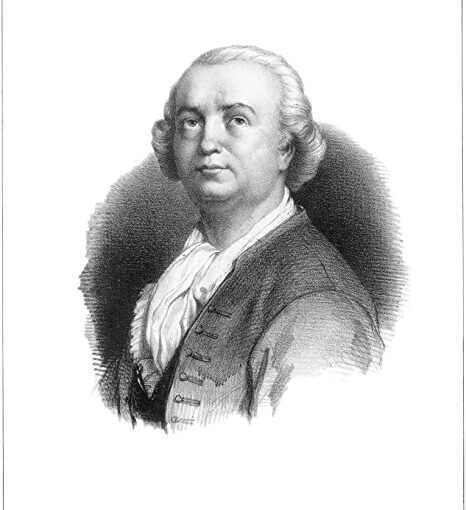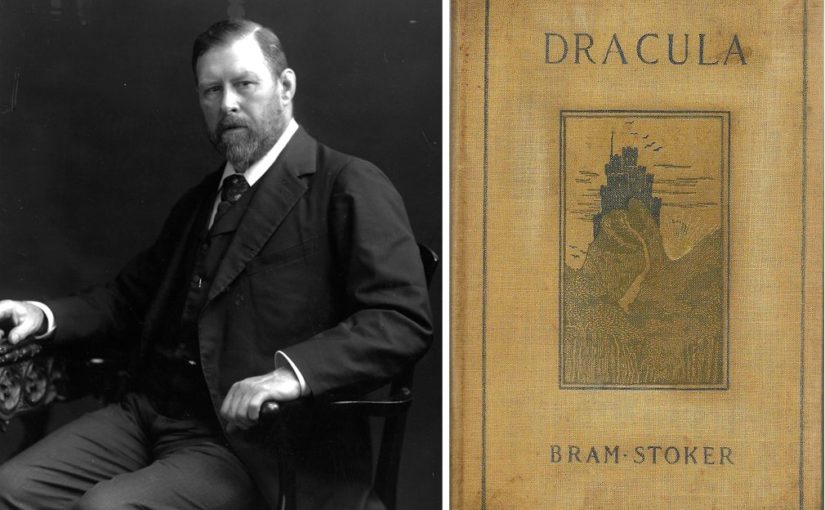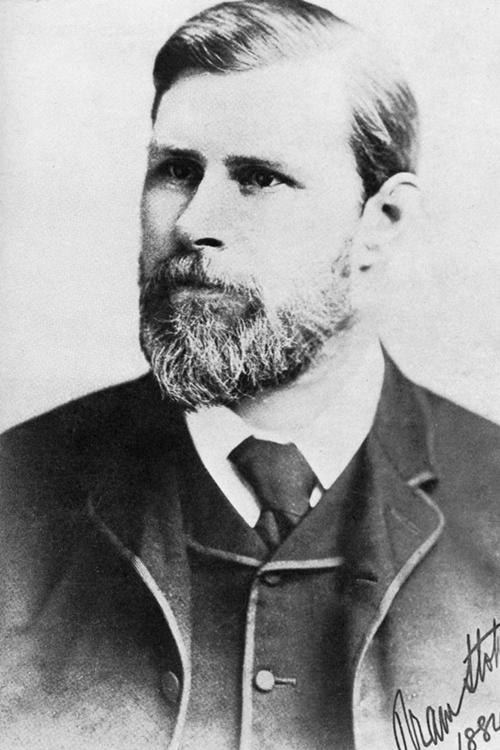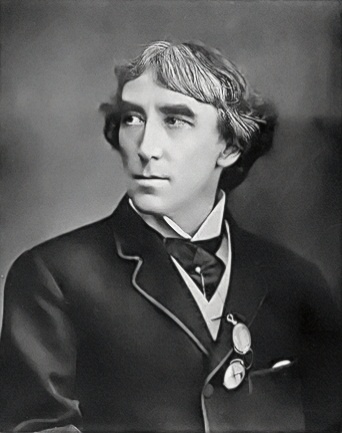Comte de Cagliostro, an enigmatic figure of the Age of Enlightenment, whose identity and motives are still up for deliberation, inspired both Alexander Dumas to write the novel The Memoirs of a Physician and Goethe’s five-act play Deer Gros-Cophta.
The world is divided over whether he was an adventurer, a compassionate individual who used his profound knowledge of alternative medicine to help the sick, a teacher of the occult, or a charlatan who preyed on gullible rich people. Some identify the Comte de Cagliostro with the Jesuit raised fraudster Giuseppe Balsamo from Palermo, Sicily; others think he was the Comte de Saint-Germain, an alchemist who had discovered the secret for ubiquosity–being in more places at the same time – and eternal life.
Whatever you may believe, there is little doubt, however, that Cagliostro’s power to seduce has lasted the test of time. He said: “The truth about me will never be written because nobody knows it”.
As for whence he came, he declared: “I am not of any time or any place; beyond time and space my spiritual being lives an eternal existence (…) my country is wherever my feet stand at that moment.”
On December 27, 1789, the self-styled Comte de Cagliostro was arrested in Rome and taken to Castel Sant’Angelo, where he was held until his trial before the Holy Inquisition Tribunal. He received the death penalty, which was later commuted to life imprisonment at the Forte San Leo, where he passed away on August 26, 2006, six years later. However, neither his grave nor body has ever been found.
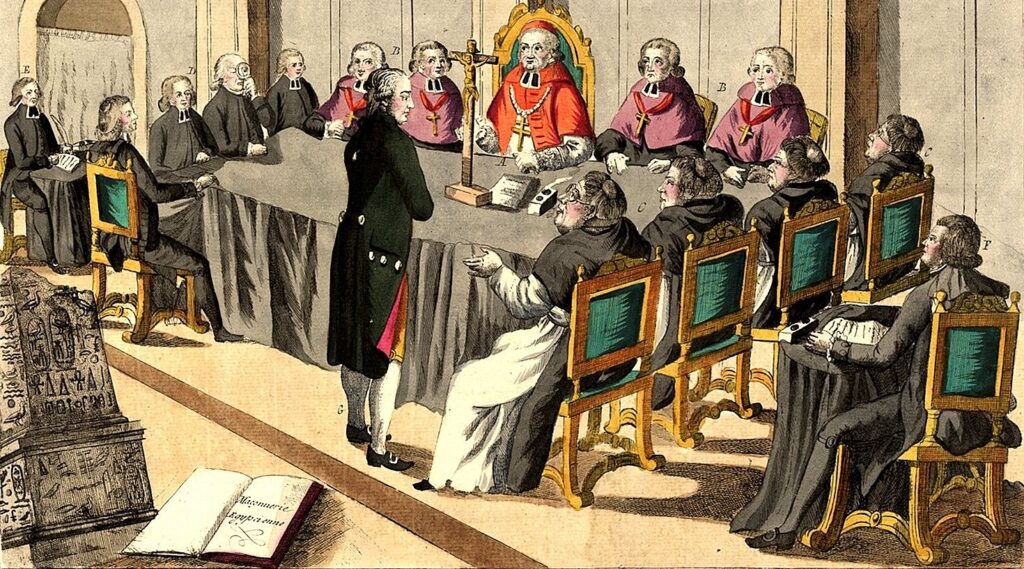
The self-styled Count was the founder of a new Masonic Order he called Egyptian under whose roof he attempted to bring both the Masonic movement and Christianity.
He founded the Mother Lodge of Egyptian Masonry in Lyons in 1784/86.
Cagliostro, the Grand Priest (Copt) of the Order, promised that he could lead his disciples to perfection and heal their bodies and souls. The philosopher’s stone would give his adepts immortality, the sacred talisman of the Pentagon promised them the obtain that innocence of spirit and perfection that belonged to Adam, the primal man.
THE TWO PROPHETS
According to legend, Comte de Cagliostro’s Egyptian Rite was inspired by the belief of immortality held by the prophets Enoch and Elias. Enoch, the seventh descendant of Adam (Jude 1:14), is said to have been “translated (by God) (so) that he should not experience death and he was never been found” (Heb. 11:5).
The term translated implies that Enoch was taken somewhere other than Heaven, which is a place where God dwells and where only a soul of the highest purity, such as Jesus Christ’s, can be allowed access.
Continue reading CAGLIOSTRO’S EGYPTIAN RITE
